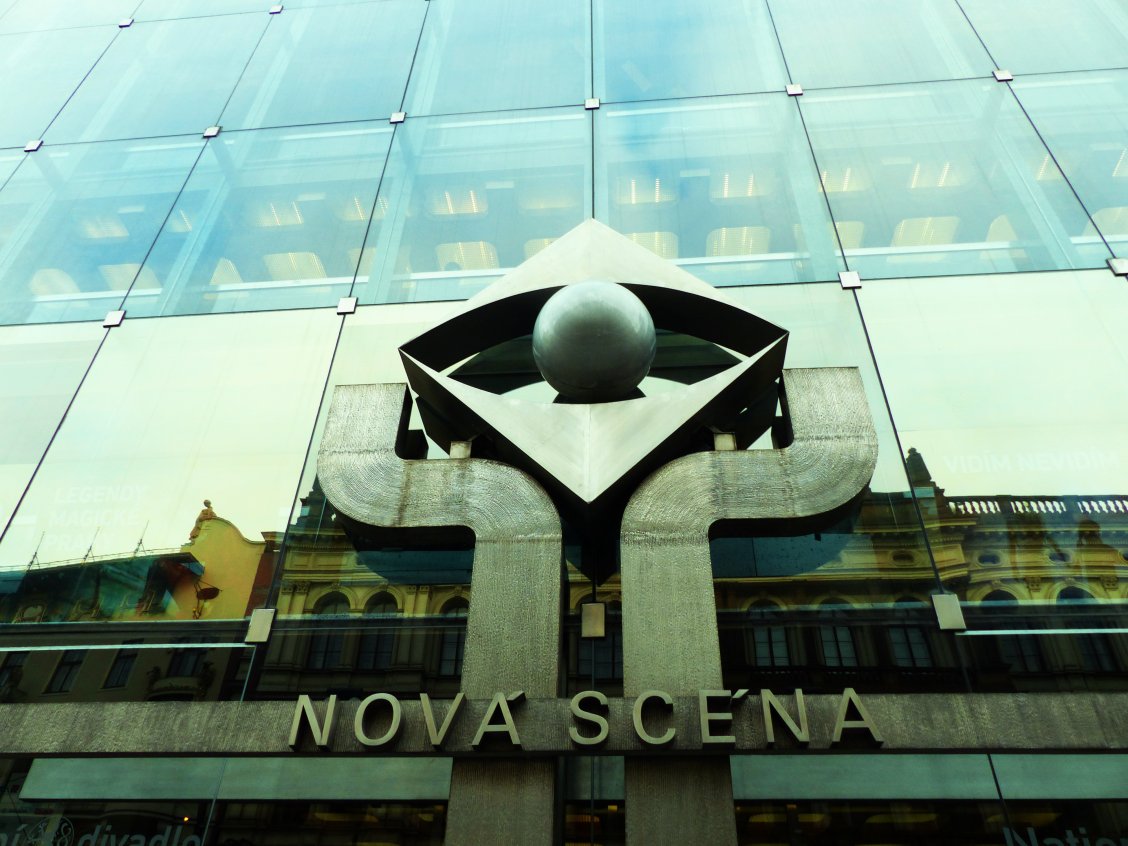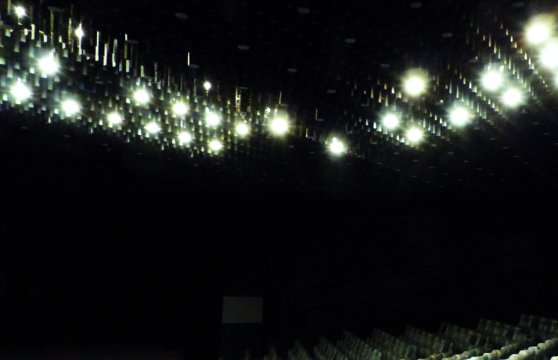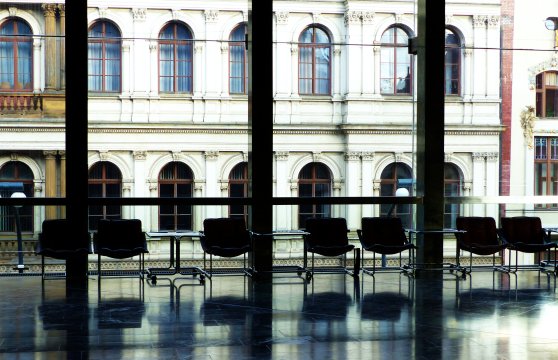Architectural and historical research revealed the authenticity of the National Theatre's New Stage building
24/11/2020

After the Thermal festival and hotel complex and the Ještěd TV and hotel tower, this is the third detailed survey that has been produced under the direction of this deparment. Their aim is to contribute to a deeper understanding of the structure under study, to promote its responsible revitalisation, as well as to interpret in detail and without bias the architectural production produced between 1948 and 1989. The assessment and critical analysis of post-war architecture brings with it specific categories that the normal methodology of construction-historical surveys has not yet had time to fully take into account. First of all, the values of live authorship, materiality, unique technological innovations mixed with period-standard production, but also a whole range of creative solutions.
In the first phase of the survey of buildings in close proximity to the National Theatre, the researchers described the structure itself, its history, authorship and concept. They were based on in-situ studies, archival material, interviews with old-timers and research of the period press. In the second phase, they focused on selected interiors and their inventory. They specified their current status in detail and also secured restoration assessments of selected materials and elements, which is not usual for such surveys.
"We were surprised by the authenticity of the New Stage building, not only the public part, but above all the background of the theatre on the 2nd upper floor, which contrasted with the state of the interiors of the Restaurant building, which were signed by the unscrupulous approach of the previous owner," says Miroslav Pavel. "We were dazzled by the sophisticated author concept of the teams of Karel Prager and Pavel Kupka, which combined all the buildings of the National Theatre complex as continuous interconnected spaces with a direct connection to the exterior as well as the exterior of the city itself," adds Miroslav Pavel. "And the absolutely extraordinary quality of the details, craftsmanship and minor architectural elements of the interior hit us just as hard," adds his colleague Petr Vorlík.



